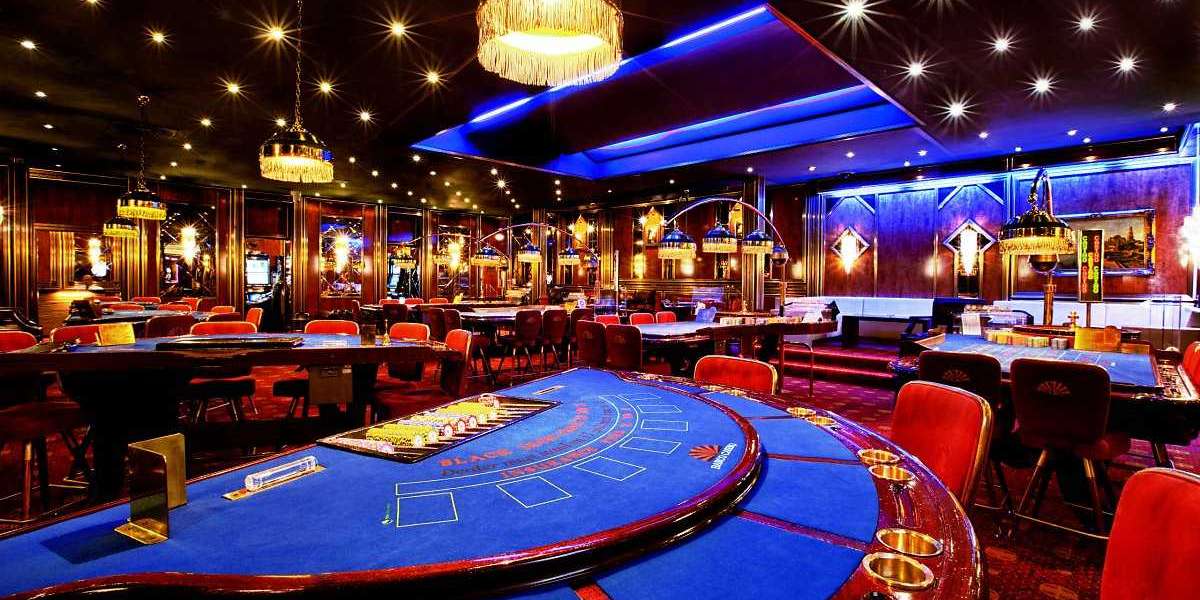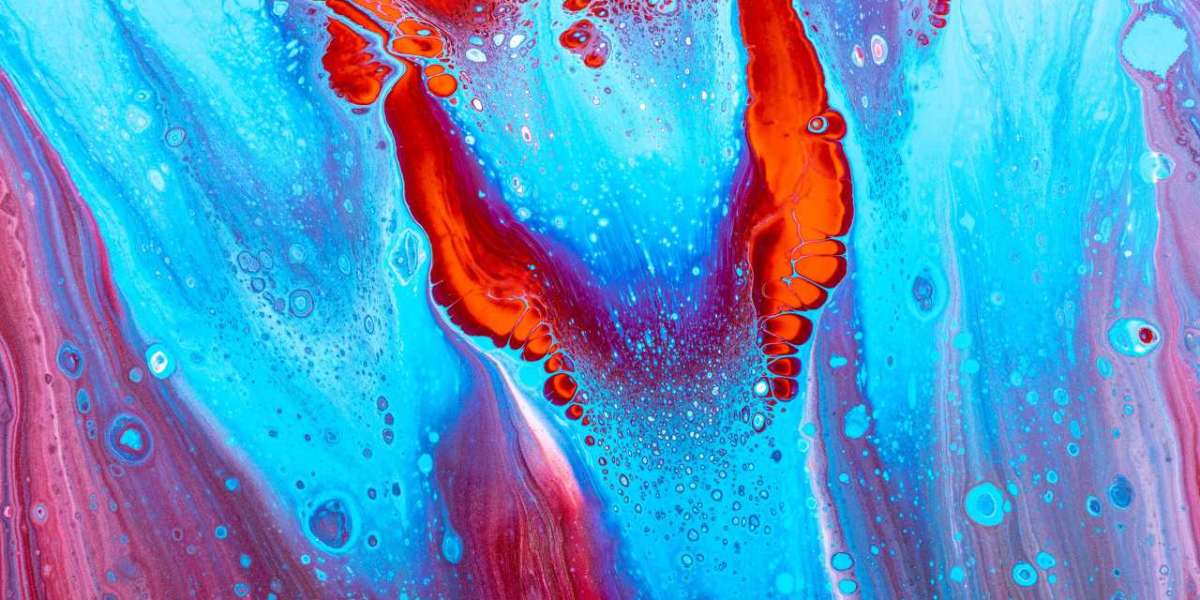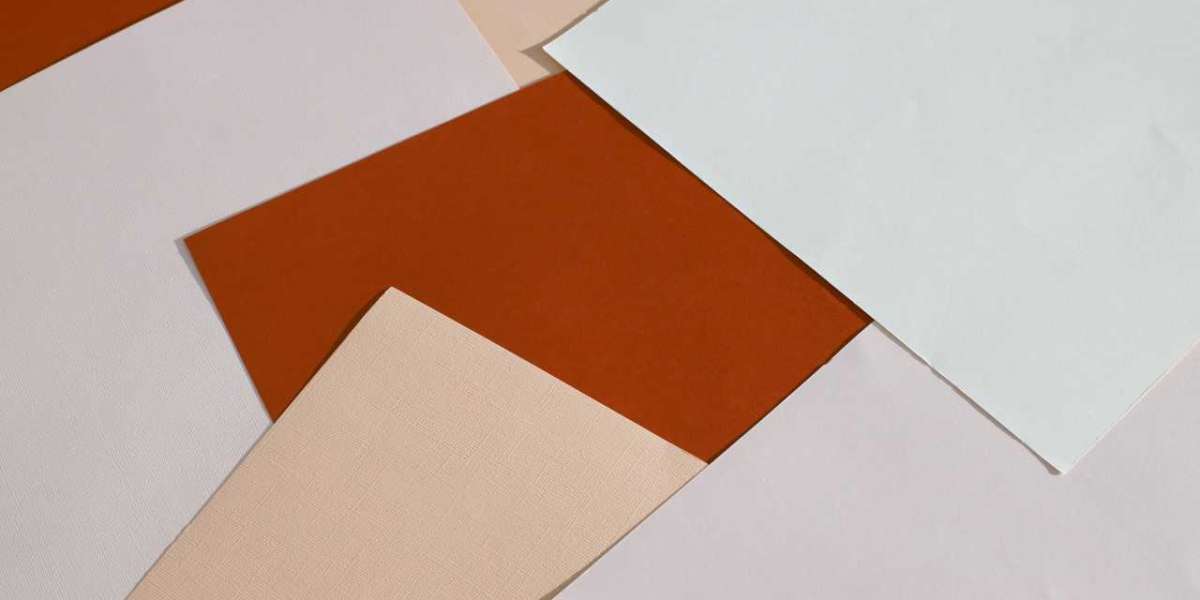Bubbling paint on a car fix can be a sign of underlying issues, and it's essential to address the problem promptly to prevent further damage and rust. Here are steps to fix bubbling paint on a car:
- Gather Your Materials:
- Sandpaper (various grits, typically 320 to 2000)
- Automotive primer
- Automotive paint matching your car's color
- Clear coat
- Masking tape
- Paint thinner or wax and grease remover
- Safety gear (gloves, safety glasses, and a dust mask)
- Identify the Affected Area: Locate the areas with bubbling paint. This usually occurs due to rust or paint adhesion problems.
- Safety Precautions: Make sure you work in a well-ventilated area and wear appropriate safety gear to protect yourself from dust, fumes, and chemicals.
- Prepare the Surface: a. Clean the affected area with paint thinner or wax and grease remover to remove any contaminants. b. Use masking tape to protect the surrounding areas that don't require repair.
- Sand the Bubbles: a. Start with a coarse-grit sandpaper (around 320 grit) to sand away the bubbled or loose paint until you reach a smooth, clean surface. b. Gradually progress to finer grits (400, 600, 1000, and 2000) to create a smooth surface for the new paint to adhere to.
- Prime the Surface: Apply automotive primer to the sanded area. Follow the manufacturer's instructions regarding drying time and the number of coats needed.
- Paint: Apply the automotive paint that matches your car's color. You can use a touch-up pen, spray can, or a paint gun, depending on the size of the repair. Apply multiple thin coats, allowing each coat to dry before applying the next.
- Clear Coat: Once the paint has dried, apply a clear coat to protect and blend the repaired area with the rest of the car's finish. Follow the manufacturer's instructions for drying times and the number of coats.
- Buff and Polish: After the clear coat has dried, you may need to buff and polish the repaired area to match the gloss and shine of the rest of the car's finish.
- Final Inspection: Inspect the repaired area to ensure it matches the rest of the car and has a smooth finish.
- Wax and Seal: To protect the repaired area, apply a layer of automotive wax and sealant. This will help maintain the finish and prevent future damage.
Keep in mind that repairing bubbling paint on a car can be a complex process, and the results may vary depending on your skill level and the severity of the damage. If you're not confident in your abilities or the damage is extensive, it's advisable to consult a professional auto body shop to ensure a high-quality repair. Additionally, addressing rust and moisture issues under the paint is essential to prevent future bubbling.








